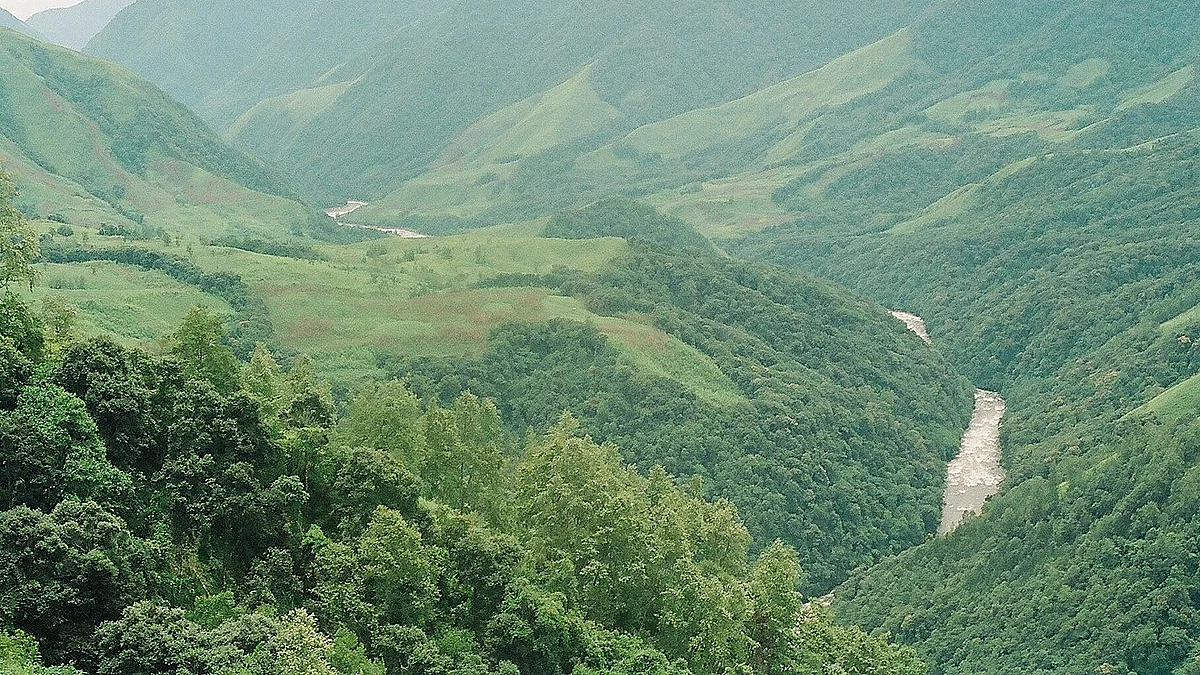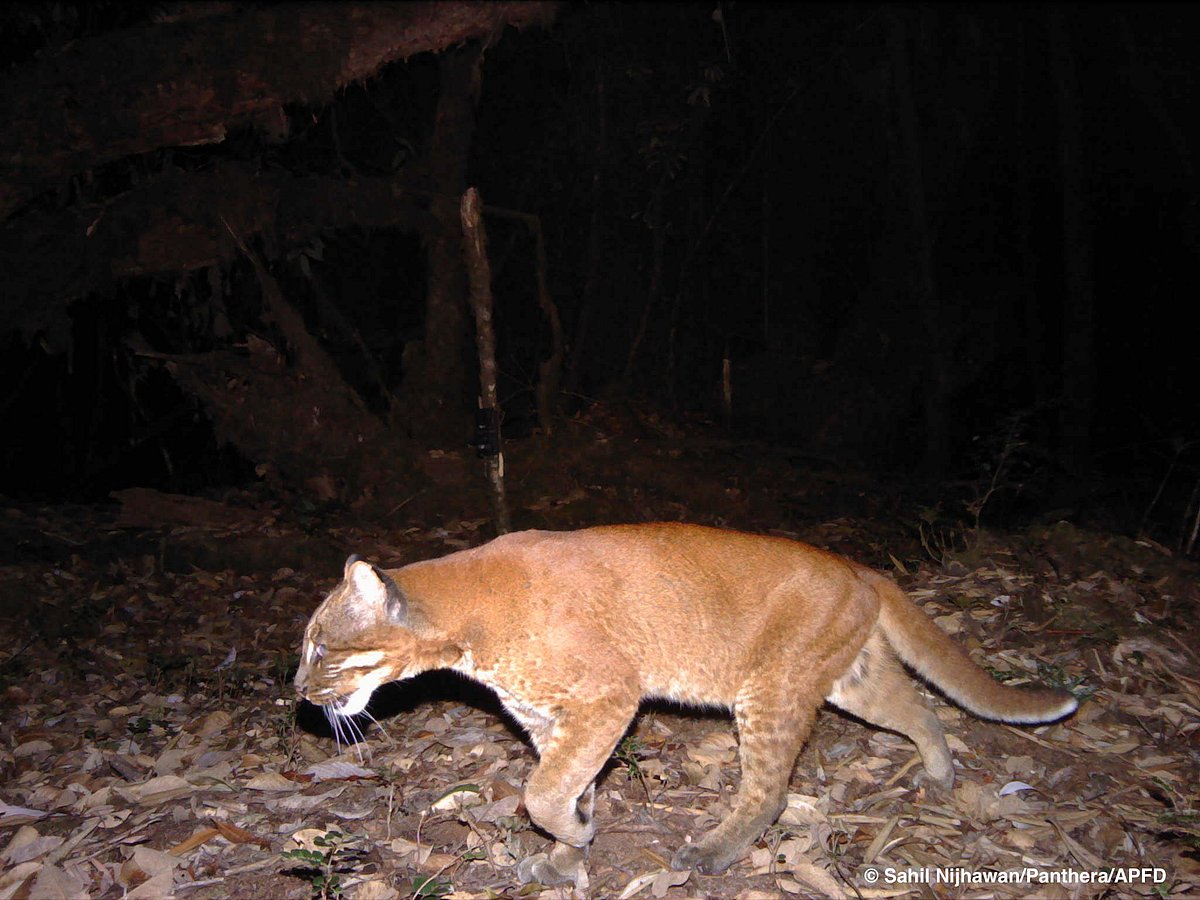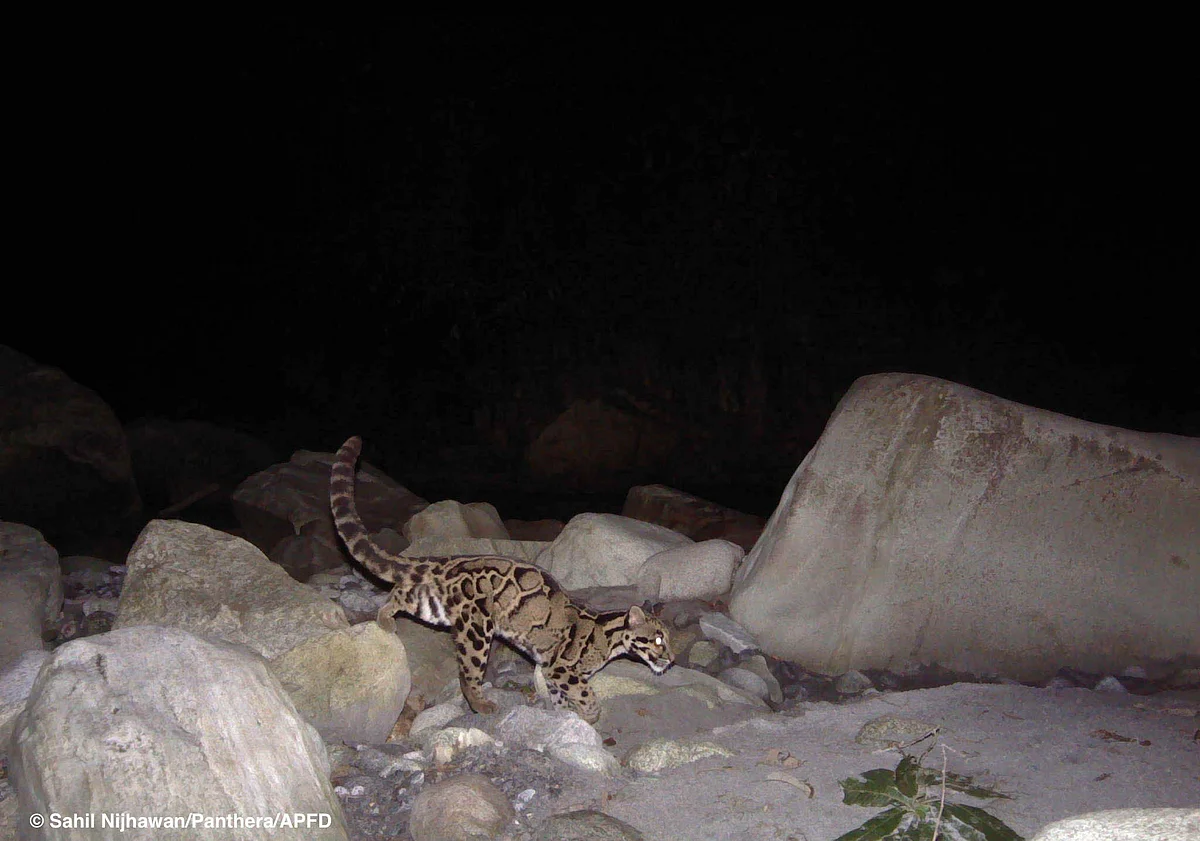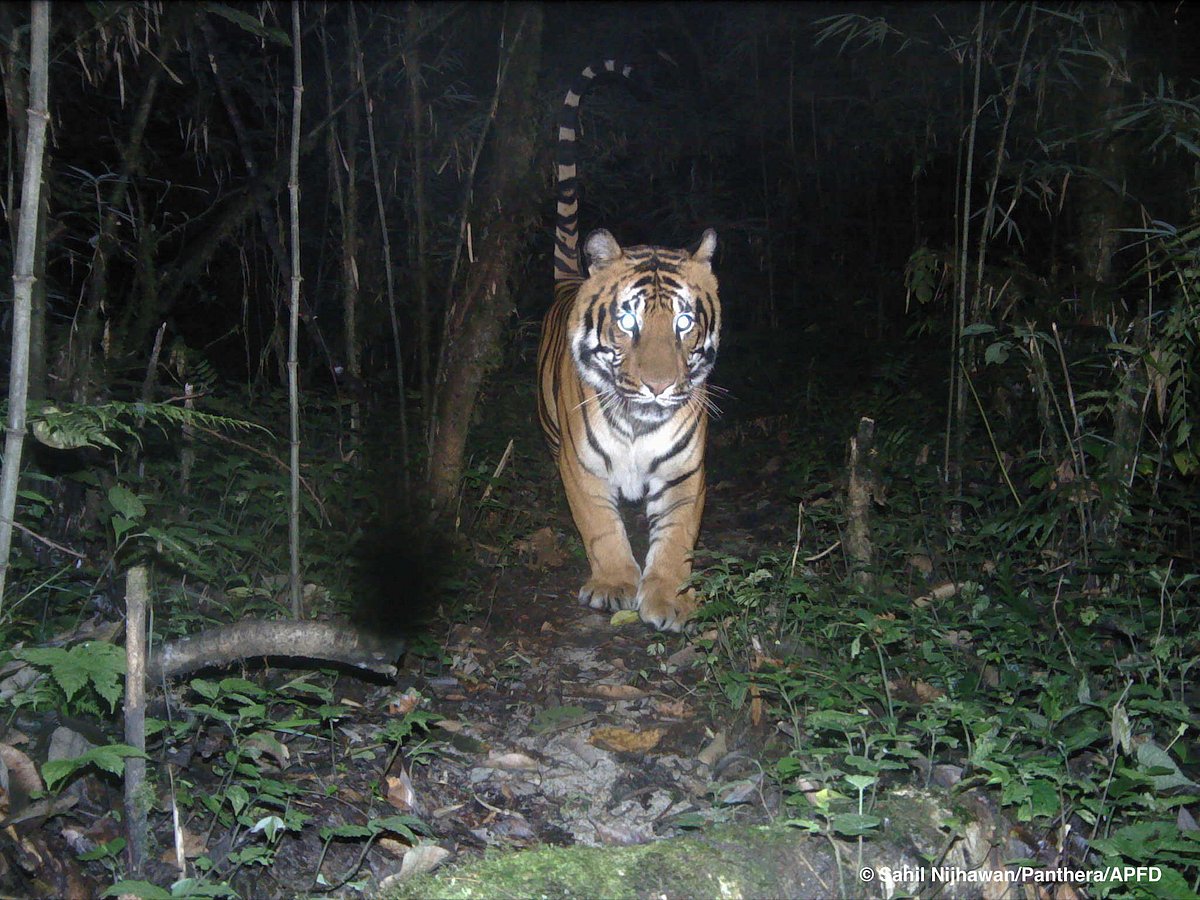In the midst of COVID-19, forest ministry deliberates on controversial Etalin project in AP
Dibang Valley, which will be impacted by the project, has been globally recognised for its rich biodiversity that has been protected and managed by the indigenous Idu Mishmi community for generations

A month into the lockdown as a result of the COVID-19 pandemic, India’s Forest Advisory Committee (FAC) met virtually on Thursday, April 23, to decide, among other things, on granting forest clearance to the controversial Etalin Hydro Electric Project in Arunachal Pradesh, but did not reach a decision.
The project will involve the destruction of a minimum of 2,70,000 trees in the exceptionally bio-diverse Dibang Valley, and has met with vociferous opposition from members of the public. On the day of the meeting, the FAC members were flooded with emails and messages from concerned citizens demanding that they reject the project.

Scientists opposing the project have drawn attention to the absence of an assessment on the cumulative ecological impact of the multiple large hydro-power projects that have been planned on Dibang river. The proposed 3097 MW Etalin Project and the approved 2880 MW Dibang Multipurpose Project have been planned on the same limb of the river and will together result in the destruction of a major chunk of Dibang Valley.
The scientists stressed that the impact of multiple projects placed in close proximity on the same river limb must be assessed together, because these impacts will be cumulative and not independent. This applies in particular to the breaking up of 3097 MW Etalin project and 22 MW Anonpani project as separate diversion proposals. The FAC, in its letter dated February 28, 2017, contended that “two different proposals for diversion of forest land in favour of same user agency…shall be combined and one comprehensive proposal with total land requirement shall be placed before FAC for further consideration”.

The smaller Anonpani project is being built by the same developer solely to provide construction power for the 3097 MW Etalin project. Therefore, the forest land required for the Anonpani project is an integral part of the Etalin project, necessitating that their impacts be assessed jointly.
This deliberation comes in the midst of the COVID-19 pandemic, which is a reminder of the true cost of large-scale destruction of primary tropical forests, which are some of the richest habitats on the planet. The Environment Ministry in a communication to the Ministry of Corporate Affairs ratified this fact.

In the letter to his counterpart, C.K. Mishra, Environment Secretary, wrote “There is a consensus among scientists that a rise in zoonotic diseases like Nippa, Avian Influenza, Zika and Coronavirus is linked to loss of biodiversity and forest”.
“Granting forest clearance to the Etalin Project flies in the face of all the many environmental commitments India has made on international forums. Hydro projects in the northeast have been ill-advisedly pushed through despite the fact that glacial melt has changed the river flows and reliability projected in the original EIAs and Cost-Benefit Ratios. There are also glaring discrepancies in assessments of natural hazards. Apart from the ecological damage, the projects are likely to become stranded financial assets even before the first turbine turns,” says Bittu Sahgal, Founder, Sanctuary Nature Foundation.
Dibang Valley has been globally recognised for its rich biodiversity that has been protected and managed by the indigenous Idu Mishmicommunity for generations. Studies conducted by independent researchers as well as the Wildlife Institute of India have revealed the presence of healthy populations of genetically unique tigers and other Schedule I endangered species in these forests.
Notably, it has been found that richness of species and diversity is higher in the valley’s threatened community-managed forests (also called Unclassed State Forests) than in the government notified Dibang Wildlife Sanctuary. The Dibang Valley also hosts six different colour variations of the Asian golden cat; which is the highest colour variation of any wild cat species in the world.
The biodiversity assessment surveys by the Wildlife Institute of India (WII) that were conducted between the altitudes of 600 to 1800 meters found 21 mammal species and 230 bird species from the Etalin-Hydro Electric Project study area. Further, a rapid assessment survey in a comparable elevational range (conducted between August 28, 2015, and September 4, 2015) near Etalin recorded 24 mammal species over 100 species of birds in just 8 days.
Follow us on: Facebook, Twitter, Google News, Instagram
Join our official telegram channel (@nationalherald) and stay updated with the latest headlines
